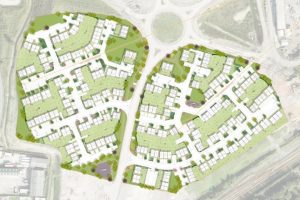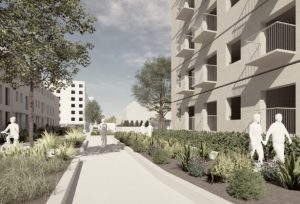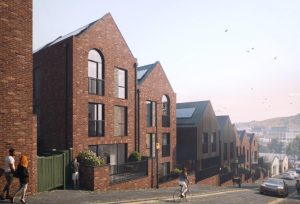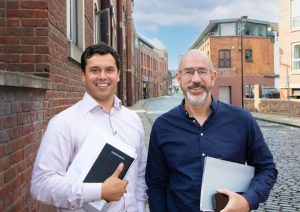Investing in modern offices boosts recruitment and retention, experts say
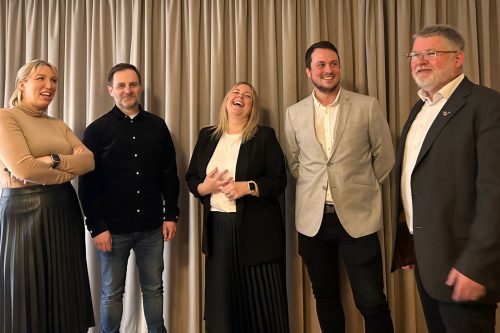
Panellists at the Future of the Office seminar, hosted by TheBusinessDesk.com and supported by Universal AV, emphasised the importance of a well-designed and engaging office in attracting and retaining talent.
Dominique Murray, head of customer experience and marketing manager at MEPC, who runs the Wellington Place office complex in Leeds, said, “Talking about attraction and retention of good staff , moving to a place or to an office that’s amazingly sustainable and that has things going on around it will help people have a better connection.
“The office has a responsibility to get people engaged and help them feel connected. If you invest in that you are going to have more engaged staff and that has to be better for your company. It’s got to be better for output.”
Shelley Townend, marketing manager at Universal AV, which specialises in commercial audiovisual integration, said, “Investing in that space, and making people want to come in and use that space, is the only way you’re going to attract younger generations. It’s about what they’re going to receive from that space and how they’re going to do it in that space.”
Matthew Toole, account director at commercial interiors specialist Design Tonic, said that on a simple profit and loss basis a modern, carefully designed office could help lower recruitment costs.
“Yes, it can be a costly investment. We can help with that. But you will get your return. It has a cost impact and it will be a positive one. It might take a year, two years, three years for you to see that in the books. It’s like an insurance policy on your staff.”
He said a whole section of new starters had started their professional lives during the pandemic, and their experiences and preferences must be catered for. “We need to consider that even if your business is as small as 20 people, that’s 20 different personalities. If you want them to come into the office you need to provide enough flexibility and variation within your suite to cater for how they might want to work that day.
“We’ve seen a huge increase in breakout spaces and creating café-esque touchdown points and work points because some people feel comfortable in that kind of environment. Then later they might need to knuckle down and realty focus on what they’re doing, so they need a different kind of environment.”
A key factor in attracting younger people is office sustainability, every panellist agreed. They want to work in places and organisations that demonstrate their commitment to the environment.
Andrew Illingworth, head of interiors at Sheffield architects HLM, said, “Technology can control the building in a much more sustainable way – for example, designing fresh air systems so we are not having to leave the air-con on all the time. Also, sustainable ways to get to work and travel, supporting that so that when you get to work you’ve got places to shower and change and leave your stuff.
“It’s a whole package of trying to pull those pieces together and then making a big deal out of it. Ultimately, if we don’t do any of that none of us will be here to benefit from anything. That’s a huge point.”
Murray said, “We’ve just started to put smart technology into buildings so that you can see what’s being used on your phone. You can see how your organisation can make things greener and better. And I think that the fact that the more sustainability conscious young people coming in can actually do something makes them feel really involved as well. You can grab this app and turn the lights off and look at the difference. It’s giving them the opportunity to affect change.”
Even in terms of office decor, sustainability was key. Toole and Illingworth said there had been huge advances in sustainable furniture made with recycled plastics and fabrics. Townend highlighted a reduction in packaging for audiovisual equipment, and screens made from fully recycled materials.
A speaker from the audience, who works with young people, said 82% would choose a workplace because of its commitment to sustainability.
That was why it was important to broadcast your commitment, Toole said. “If you’ve done it, if all the furniture in there is green, shout about it. Advertise it.”
This is the second of two articles from the Future of the Office round table. The first looked at designing offices to enhance productivity.


